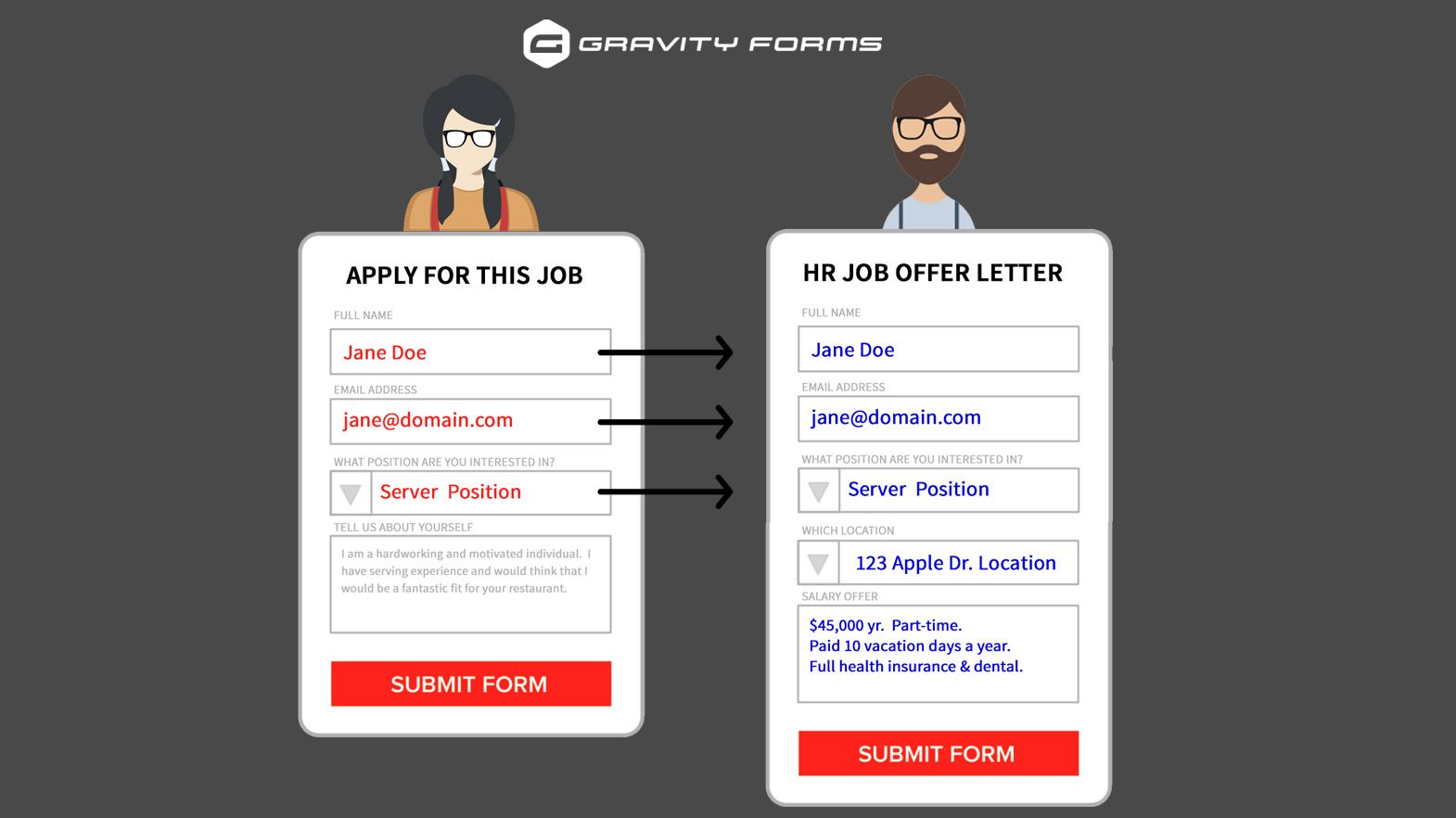How To Keep Your Graphic Design Contract Ridiculously Simple
Susie Morrow
I’ve mentioned in previous posts a phrase that is useful to keep in mind for life in general, and also when creating, and negotiating, a contract. The phrase is ‘Keep It Simple, Simon” or KISS. If you’re a freelance graphic designer then you’ll no doubt want to focus on your core business, creating great graphics, rather than wading through the mire of a complex contract. But the question is, is it possible to create an effective graphic design contract, that is simple to understand and is legally binding under contract law?
If you want a free graphic design contract template, we’ve got one! And a web design contract template too.
Elements of a Good Freelance Design Contract
It is vital when you get to the stage of contract negotiation and ultimately contract signing, that you are comfortable with what you’re agreeing to. There are certain clauses and contract sections that should be a fundamental part of your design contract and you can’t escape them. But, making a contract that is simple in language and clear in terms, yet thorough enough to have all of your bases covered, is the goal. The following isn’t an exhaustive list, but it should help you form a good foundation for your design contract:
Contract part #1: What you’ll be doing
This is officially known as a ‘Statement of Work’ or SOW. The SOW outlines exactly what work you’ll be carrying out as your commitment to the contract. Now, SOW’s can often be onerous documents within their own right. I once signed one that was 20 pages in length. But I’d now advise (once bitten, etc.) to keep the SOW as simple as possible, whilst ensuring you have the detail in that ensures that scope creep can only occur under ‘change control’. A SOW will typically have the following sections:
- Scope – outline of what the work covers. It may also have a commencement and end date in here.
- Delivery scope – full list of deliverables and any phases or milestones of delivery. This should include any mock-ups, images, and revisions. Revisions is a really important aspect to include in the delivery scope, as this is where scope creep can come in.
- Deliverable format, and how deliverables will be supplied. For example, set out simply what file format you will deliver images, photographs, and other files in, and how you will deliver them, e.g. via specified Cloud folder.
Example of a typical deliverables and payment schedule (taken from a real contract, but anonymized)
5.1: Deliverables
| Del No. | Deliverable | Acceptance Certification | Responsibility | Dependencies | Delivered by |
| DEL.01 | Outline specification of design | xxxx sign-off of the design specification | xxxxx to deliver | xxxxxx | 20 February |
| DEL.02 | Mock-ups of design | xxxx sign-off mockups | xxxxx to deliver | 28 February | |
| DEL.03 | Completion of detailed design | xxxxxx sign off on completed deliverable | xxxxx to deliver | 15 March |
B. Payment Schedule
The following table is a payment schedule for delivery of xxxxxxx. Each step as listed in section 5.1.3 is construed complete upon review and acceptance of xxxxxxx:
| Payment Milestone | Component | Charge for Term (USD) | Charge value | Deliverable Reference |
| PM.01 | Completion of initial mockups | 20% of total amount | $000 | DEL.01 |
| PM.02 | Completion of Detailed Design | 50% of total amount | $0,000 | DEL.02 |
| PM.03 | Revision of detailed design | 20% of total amount each month for a maximum of 3 months | $000 | DEL.02a |
| PM.04 | Delivery of completed design | 10% of total amount each month for a maximum of 3 months | $000 | DEL.1 |
| TOTAL | $0,000 | $0,000 |
Contract part #2: Change control
Change control is a vital clause in a design contract. If you don’t have it, you have no formal way in which to bill for additional work that is above and beyond that contracted in the SOW. Make sure you have some simple way of making sure that if changes are requested, they are billable – link this to your deliverables.
A change control clause can be something as simple as stating that anything outside the deliverables will be billed @ $x per hour.
Contract part #3: Getting paid
Sometimes the SOW part of the contract also sets the payment schedule within that section, but often the payment schedule is in a separate part of the contract. Make sure you list all of the deliverables or milestones separately so that payment can be called off. The payment schedule is also likely to have a payment call off reason, such as completion of mock-ups.
Outline the payment terms for each deliverable, and which method should be used for payment.
Contract part #4: Copyrights
As a freelance designer, you need to be fully aware of the area of copyright law and design. There is a whole area around the legal prerequisites of what you can and can’t copyright. Your contract will need a clause on what copyright will be released to the client on payment. You should also try and add in a clause that allows you to showcase your work done as part of this project, but you may get push back on this from the client.
The Graphic Artists Guild has an excellent piece on copyright law here: https://graphicartistsguild.org/an-introduction-to-copyright-law/
Also, check out Creative Commons license types for reference: https://creativecommons.org/licenses/
Contract part #5: Signed, sealed and delivered
For a contract to be legally binding you need to have it signed by all parties involved in its execution, i.e. a representative of your design agency and your client. If you decide to simplify your contract process by automating it using software like ApproveMe ESign, then you can add digital signatures to an electronic version of your contract. ApproveMe ESign lets you and your client easily add an electronic signature to the contract to show agreement to the terms. This online signature abides by electronic signature laws, like ESIGN & UETA. Once signed, the contract can be held in a central repository, like DropBox, and alerts sent to all parties to let them know the contract is completed and available.

Clear eContracts for Happy Clients
Keeping your contract simple and within contract law, can be achieved by using plain language and having precise requirements outlined. But simplicity should not be at the expense of getting it right. Contract creation and negotiation is about using plain language that cannot be misinterpreted. Keeping sections such as your deliverables list simple, concise, but clear, will help prevent the dreaded scope creep. Clarity is good for both sides of the contract negotiations. If you know what you are doing and at what price, your client will also be clear on this too and it will give focus to expectations.
Simple, precise, graphic design contracts, that have been created collaboratively, will manage expectations and create happy clients.








